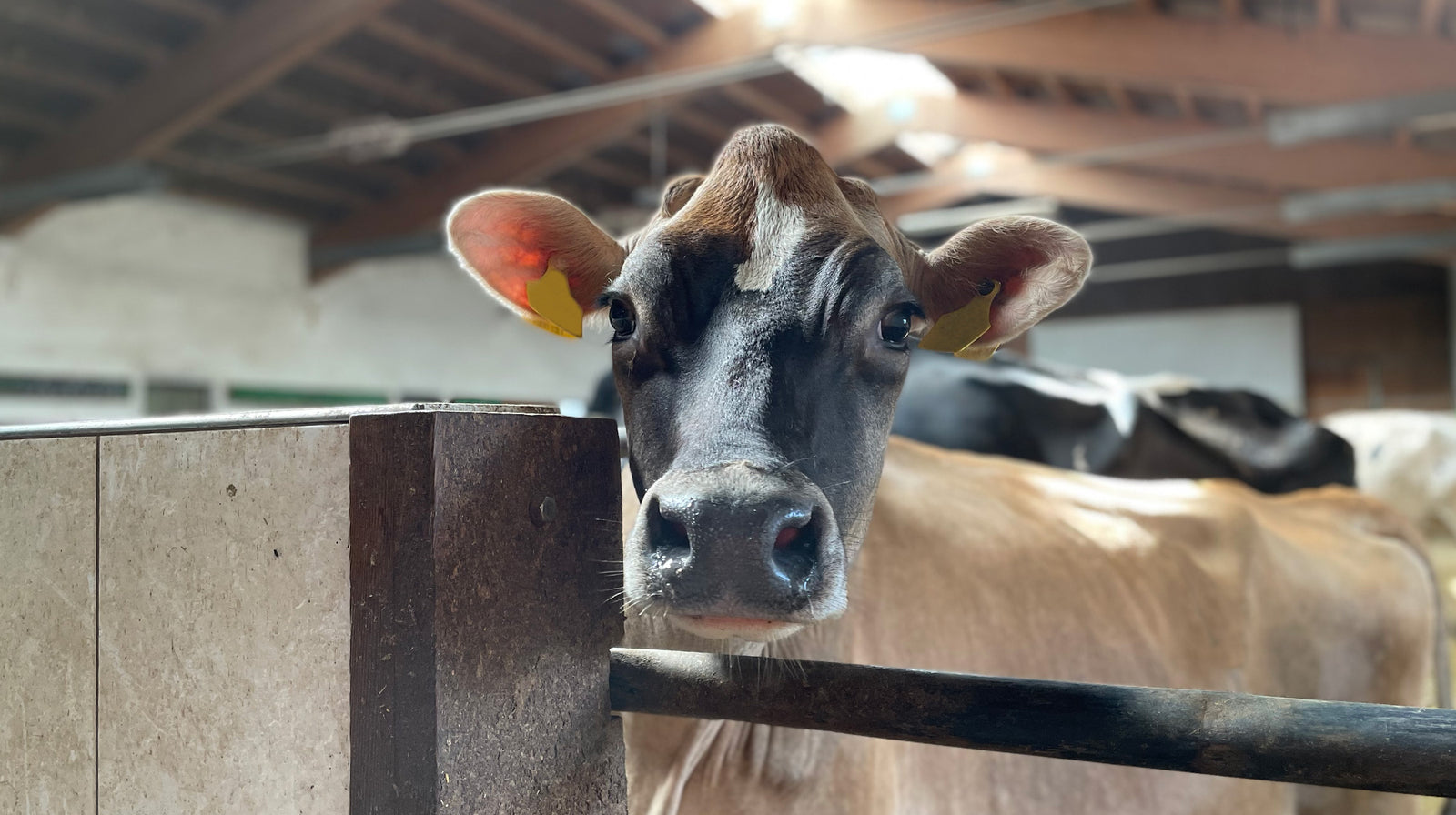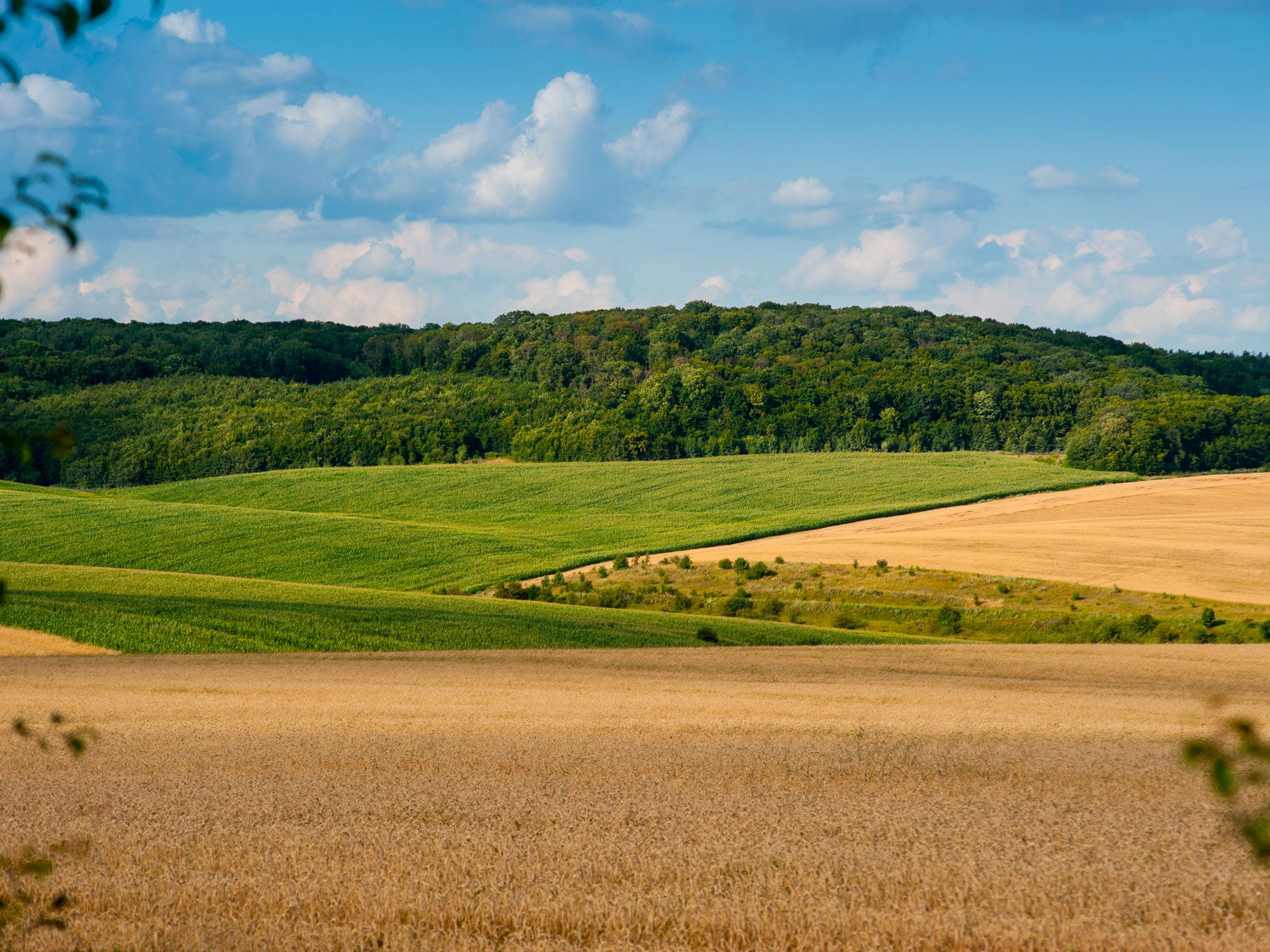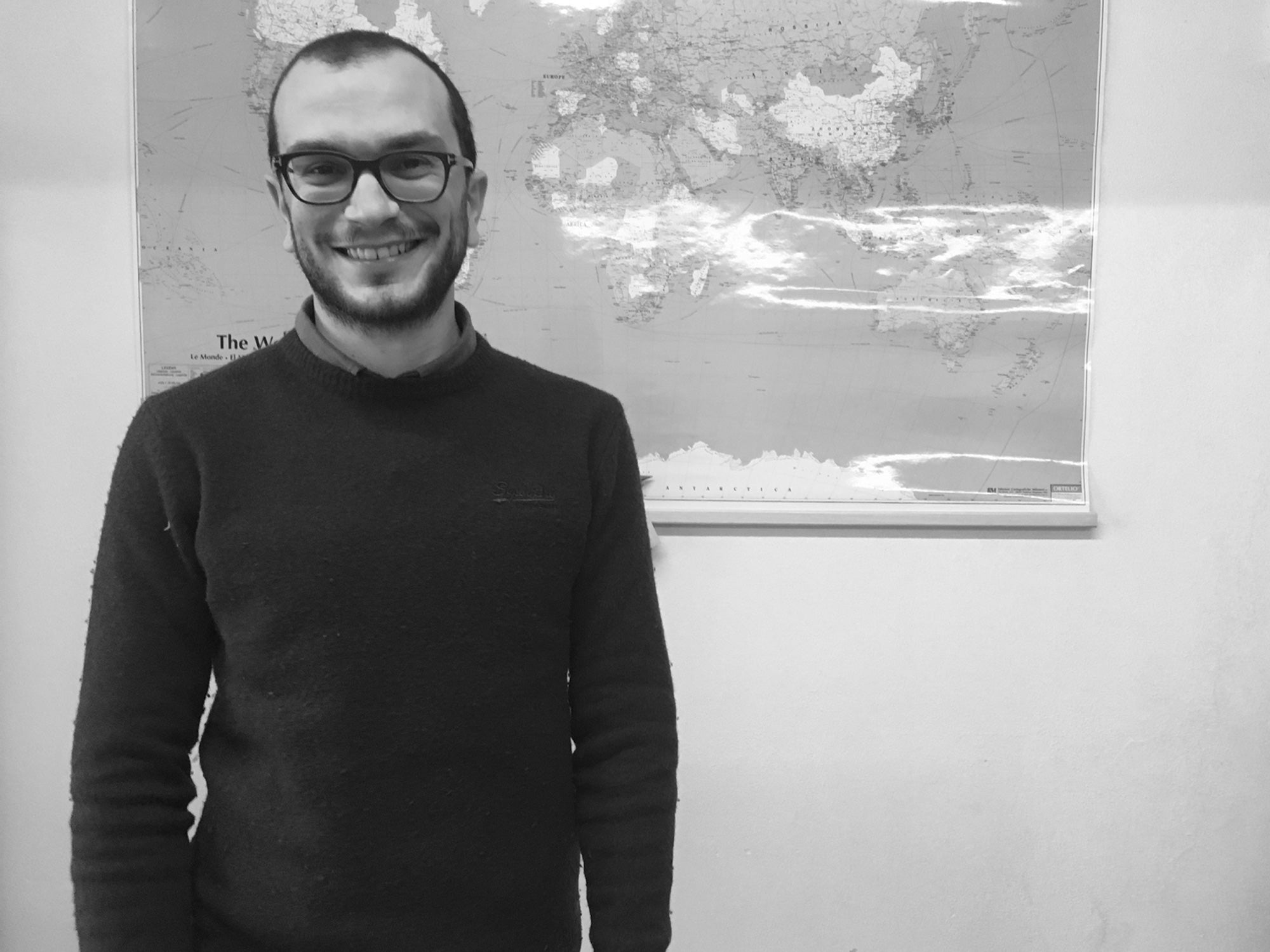While Italians continue to badmouth those who are doing more to address the climate crisis, one of the most important documents in the country’s recent history has finally been approved. We’re talking about the Recovery and Resilience Plan (PNRR).
To clarify, the PNRR is a summary document issued by the Italian government and its officials with which to access funds made available by the European Union. Funds that can help tackle the economic crisis caused by the health crisis. We are talking about more than 220 billion Euro in total, made available to the Italian government so as to speed up the ecological and digital transition and, most importantly, to improve both gender and generational equality. A figure that Italy has never seen before, not even - proportionally speaking - during the post-war period with the Marshall plan.
In the previous “episode”, we talked about ecological transition, its meaning and its repercussions on our actions for a better future. For everyone. This time, we’ll try to understand the specific steps relating to sustainable farming that are contained in this document, which was definitively approved in June.
The PNRR is divided into six missions:
- Digitalisation, innovation, competitiveness and culture
- Green revolution and ecological transition
- Infrastructure for sustainable mobility
- Teaching and research
- Cohesion and inclusion
- Health
Dedicated to the green revolution and ecological transition, mission 2 is granted almost 60 billion Euro with which to overcome difficulties such as bureaucracy and overly complex authorisation processes and achieve the net zero emissions goal (climate neutrality).
In the hope that “green revolution” doesn’t mean what it did in the post-war period, even the FAO deeming it “exhausted” in that it was based “on agricultural systems that exploit resources in an intensive way, with the excessive consumption and pollution of soil and water, as well as negative consequences in terms of air quality and biodiversity” – today we talk about agroecology – let’s take a closer look at what this involves.
Mission 2 can be divided, in turn, into four components:
- Circular economy and sustainable agriculture
- Renewable energy, hydrogen, networks and sustainable mobility
- Energy efficiency and building redevelopment
- Safeguarding of land and water resources
Let’s take a closer look at the aspect that interests us most, or rather circular economy and sustainable agriculture. A topic worth 5.27 billion Euro. The goal is two-fold in this case - to improve waste management with a view to a circular economy and to develop a sustainable farming/food supply chain.
Italy has acknowledged the European directives regarding a circular economy and aims to recycle 65% of its waste by 2035, with only 10% of waste ending up as landfill. The country therefore needs investment that can bridge the gap between north and south, creating new management and disposal plants and improving its already existing facilities. This is why 60% of funds earmarked for this purpose (2.1 billion Euro) will be used to support towns and regions in Southern Italy.
The materials most in need of correct disposal include waste from electric and electronic equipment (WEEE), paper and card, plastic and materials from the textile sector. Data cited in the PNRR confirms that more than 50% of plastic collected in Italy is considered to be “mixed plastic waste”, and is not recycled but sent to waste-to-energy plants or dumps. According to the PNRR, we essentially need a national waste management programme that can serve as a link between the European Commission and the regions.
Another interesting aspect of the first part of mission 2 has to do with solar farms. What are they and why are they useful? Italy is among the countries with the highest energy consumption when it comes to food production. We therefore need to reduce this level or use renewable sources, with the installation of solar panels on the roofs of buildings in the agricultural, livestock and agrofood sector, a surface equating to more than 4 million square metres.
Lastly, and again according to the PNRR, sustainability means investing in farming in a precise way, so as to reduce the use of pesticides and polluting emissions by up to 40%, considering that roughly 80% of farm vehicles in circulation today have Euro 1 engines.
The document is therefore nothing more than a guideline. The competent ministry now needs to intervene and issue a decree that is able to define how best to spend these billions and transform words into action. While also ensuring that Italy’s agricultural supply chain measures up to the concept of ecological transition. A decree that goes beyond ideology and promises. Because, as confirmed by the Italian climate network - the Italian organisation that deals with climate change - we can no longer waste time with “empty, accusatory or baseless statements. It is time to draft the future of our nation, without unnecessary background noise”.







